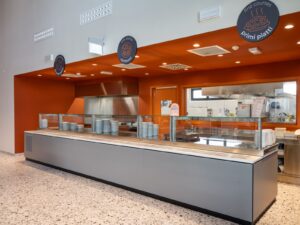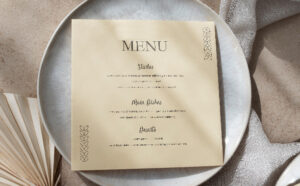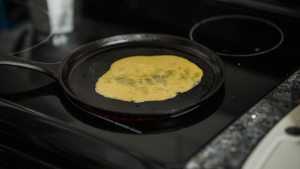The Role of Blast Chiller in Food Preparation and Preservation
A crucial tool in food preparation and preservation, the blast chiller is designed to rapidly cool hot food, lowering the temperature of an item up to 20 times faster than a conventional refrigerator. It can bring food from cooking temperature to +3°C in under 90 minutes for refrigerator storage or to freezing levels within 240 minutes.
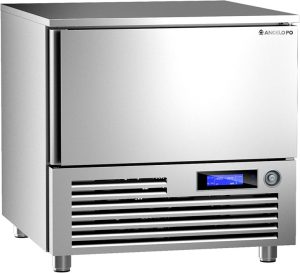
It’s important to note that the blast chiller serves as an intermediary tool: fresh or cooked ingredients pass through the blast chiller before being stored in a refrigerator or freezer.
This technology is widely used in professional kitchens, such as those in restaurants and commercial businesses like ice cream parlors and pastry shops, with models also beginning to appear for home use.
This process helps extend the shelf life of food by inhibiting bacterial growth. Typically, blast chillers can also deep-freeze items (whether cooked food or raw ingredients). Rapid freezing within the blast chiller preserves the food’s organoleptic qualities because the water content forms micro-crystals rather than macro-crystals as seen with standard freezers. Macro-crystals are responsible for the degradation of food. Consider defrosting a piece of meat stored in a conventional freezer (which is designed for storing commercially frozen food, not for freezing fresh or just-cooked food). Upon defrosting, liquid release and an unappealing color are common, impacting both taste and texture.
Quick-frozen food, on the other hand, perfectly retains its structure, consistency, color, and flavor.
The use of a blast chiller is mandated by EU regulations for professional restauration.
While owning a blast chiller is not legally required, the chilling procedure is obligatory. EU Regulations 852 and 853 from 2004 on food safety and hygiene outline the correct use of blast chillers. These regulations allow for either on-site blast chilling or the purchase and use of pre-chilled food products. In both cases, serving such food must be managed and regulated with self-monitoring records in compliance with HACCP protocol regulations.
A blast chiller cools and freezes food very rapidly.
Freshly cooked food can be cooled from 90°C to 3°C in under 90 minutes and stored at peak quality for up to 7 days. For freezing, the process takes between 4 and 18 hours, with raw fish recommended to be blast chilled for 24 to 48 hours to ensure the core reaches a stable -18°C. The quick cooling process creates micro-crystals during freezing, which, as noted earlier, minimally damages cell membranes, preserving the food’s characteristics. A blast chiller is vital for health safety, as chilled food quickly passes through the high-risk temperature range for bacterial growth, between 40°C and 10°C. This reduces the risk of developing salmonella, staphylococcus, or anisakis, a parasite found in raw fish.
Not only cold, but also warm. Some blast chillers can operate between -40°C and +85°C, allowing for low-temperature cooking as well.
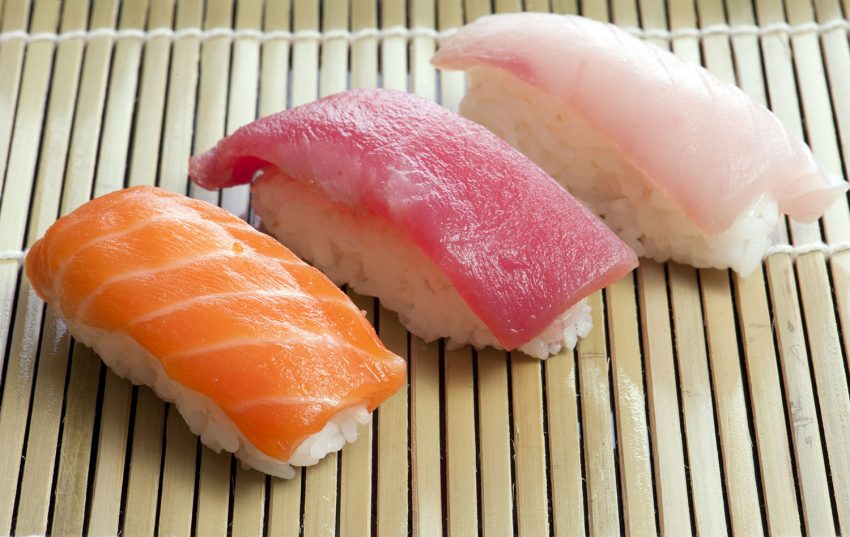
The blast chiller can maintain a set temperature (cold or hot) for up to 48 hours, effectively replacing a refrigerator, freezer, or warming drawer. This allows you to remove a dish from the freezer in the morning, place it in the blast chiller (for up to 48 hours) at the chosen temperature, and program it to cook at a specific time.
During the set period, the blast chiller will keep the food frozen, then regenerate and cook or reheat it.

